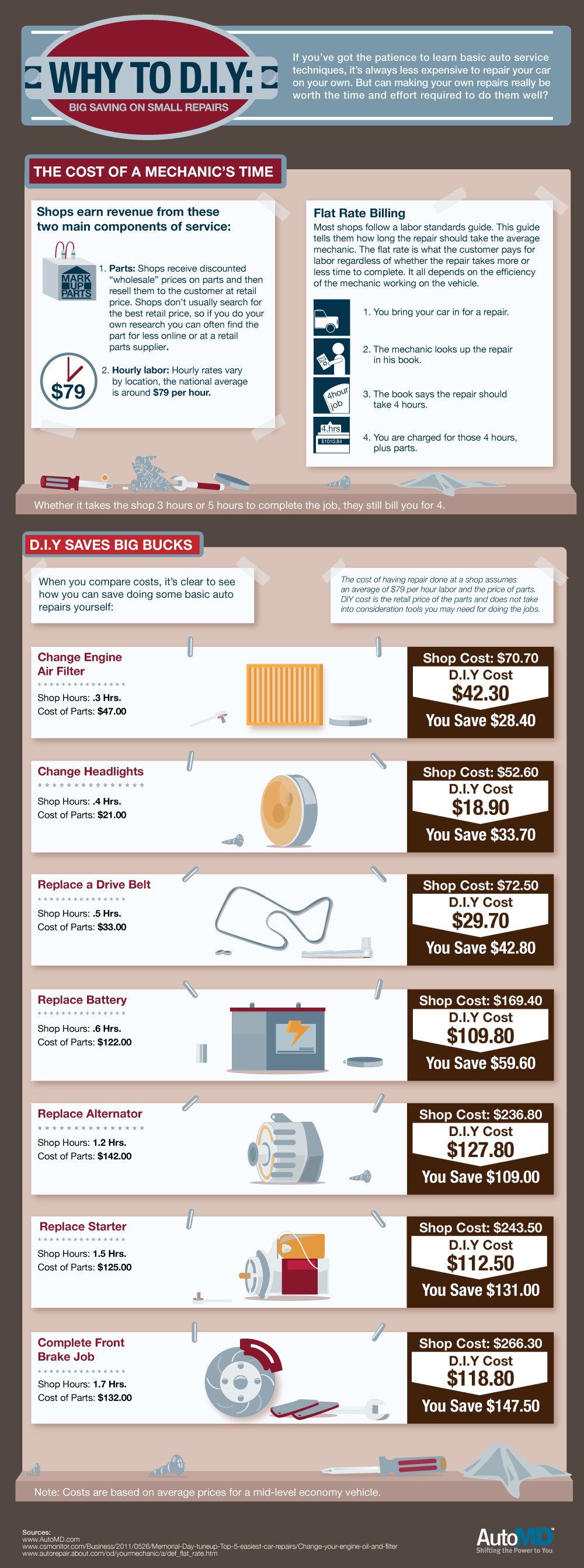Recognizing Your Car'S Warning Lights: What Do They Actually Mean?
Recognizing Your Car'S Warning Lights: What Do They Actually Mean?
Blog Article
Article Written By-Higgins Alvarado
When you're behind the wheel, those beautiful warning lights on your dashboard can be a bit complicated. Do you recognize what they're attempting to tell you regarding your vehicle's health? Understanding the relevance of these lights is vital for your safety and security and the long life of your car. So, the following time one of those lights appears, would not you want to understand its message accurately and take the required actions to address it?
Common Caution Lighting and Interpretations
Recognize usual caution lights in your auto and understand their meanings to ensure secure driving.
One of the most common caution lights consist of the check engine light, which signals issues with the engine or discharges system. If this light comes on, it's vital to have your lorry examined without delay.
The oil stress alerting light indicates low oil pressure, requiring prompt attention to prevent engine damages.
A blinking battery light may recommend a faulty billing system, potentially leaving you stranded otherwise addressed.
The tire pressure surveillance system (TPMS) light informs you to low tire stress, impacting vehicle stability and gas efficiency. Ignoring this might result in harmful driving problems.
The abdominal muscle light shows an issue with the anti-lock stopping system, compromising your capacity to quit promptly in emergencies.
Last but not least, the coolant temperature level advising light warns of engine getting too hot, which can lead to severe damage otherwise fixed promptly.
Understanding these common caution lights will certainly assist you attend to issues without delay and maintain secure driving conditions.
Relevance of Prompt Interest
Comprehending the usual caution lights in your car is only the very first step; the value of quickly dealing with these warnings can't be highlighted sufficient to guarantee your safety when driving.
When a warning light brightens on your dashboard, it's your vehicle's way of connecting a potential issue that needs attention. Neglecting these warnings can lead to much more serious issues later on, jeopardizing your security and potentially costing you a lot more in repairs.
Prompt interest to alerting lights can avoid breakdowns and accidents. For example, a blinking check engine light can suggest a misfire that, if left ignored, might cause damages to the catalytic converter. Addressing this quickly can save you from a pricey repair service.
Similarly, a brake system alerting light may indicate reduced brake fluid or worn brake pads, critical parts for your safety and security when driving.
Do It Yourself Troubleshooting Tips
If you notice a caution light on your dashboard, there are a few DIY troubleshooting pointers you can attempt prior to seeking professional help.
The first step is to consult your automobile's guidebook to understand what the details caution light suggests. In some cases the problem can be as basic as a loosened gas cap setting off the check engine light. Tightening the gas cap might deal with the issue.
One more typical issue is a low battery, which can set off numerous alerting lights. Examining the battery links for corrosion and ensuring they're safe might deal with the issue.
If a warning light continues, you can attempt resetting it by detaching the auto's battery for a couple of minutes and then reconnecting it. Additionally, examining https://wgntv.com/news/chicagocrime/with-catalytic-converters-thefts-on-the-rise-replacement-parts-low-in-supply/ , such as oil, coolant, and brake fluid, can assist troubleshoot warning lights related to these systems.
visit the up coming site , comprehending your vehicle's caution lights is essential for keeping your vehicle running smoothly and safely. By without delay dealing with these informs and understanding what they mean, you can prevent expensive fixings and potential break downs.
Bear in mind to consult your automobile's manual for particular details on each cautioning light and do something about it as necessary to make certain a hassle-free driving experience.
Stay notified, stay safe on the road!
